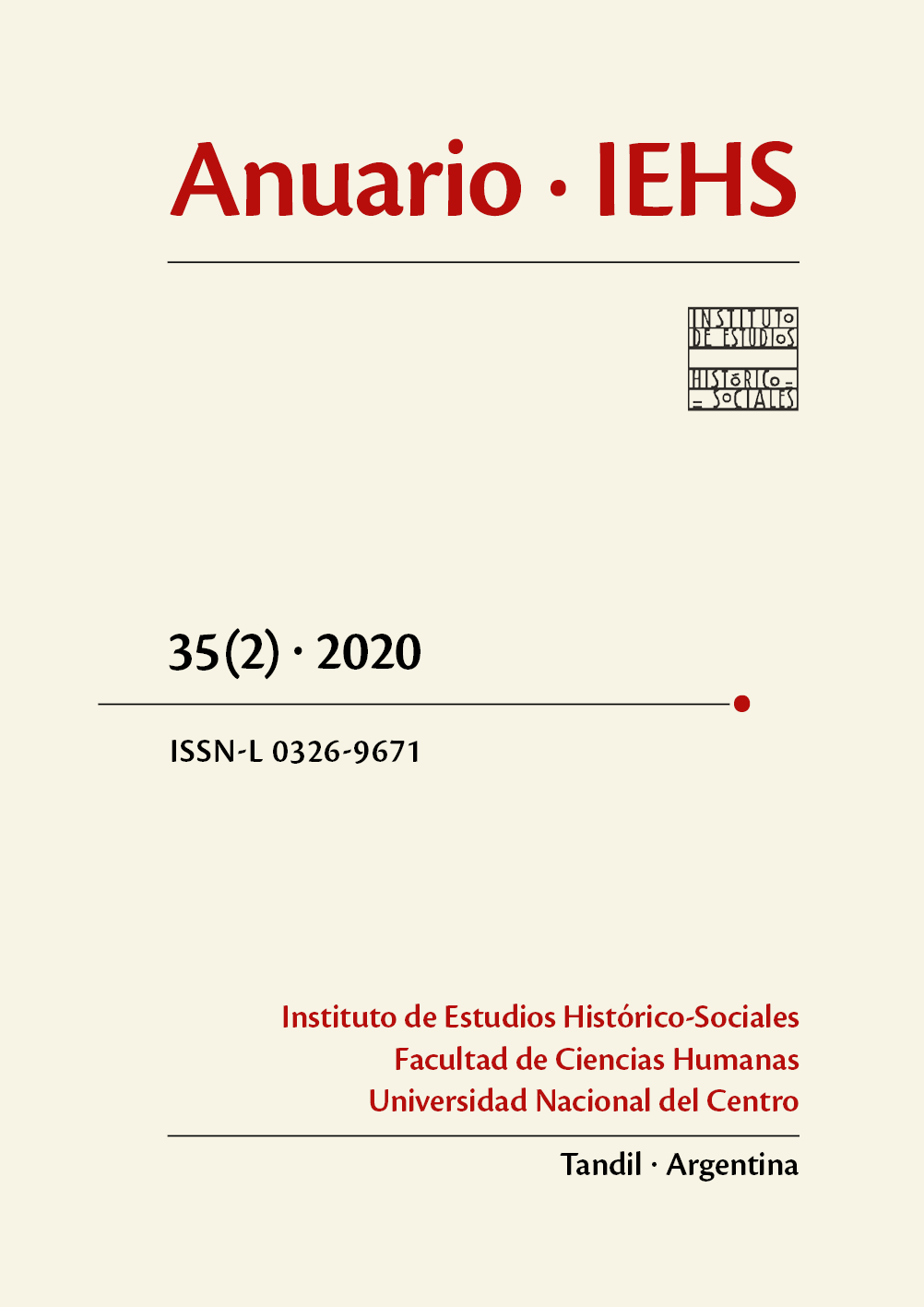Argentina in the '30s. From currency board to a central bank in 1935
DOI:
https://doi.org/10.37894/ai.v35i2.784Keywords:
Gold standard, Money supply, Central BankAbstract
Argentina abandoned the gold standard in 1929, which was replaced by a Central Bank regime in 1935. However, for some years, the monetary issues continued, largely in response to the gold inflows. Thanks to the Currency Board closure in 1929, Argentina avoided a severe contraction of money supply and suffered less than other countries (Britain, U.S.A., France). However, there was not, in the early 30s, an explicit monetary policy in the Keynesian lines, but the need to preserve gold reserves to be used for paying the external debt. In 1933, recuperation in Argentina was helped by the United States dollar devaluation and its impact in world agricultural prices and, as in the US, it was benefited by new gold inflows coming from Europe when Hitler assumed power.
References
BAIOCCO, P., 1937. La economía bancaria argentina. Buenos Aires: Universidad de Buenos Aires.
BCRA (BANCO CENTRAL DE LA REPÚBLICA ARGENTINA), 1972. La creación del Banco Central y la experiencia monetaria argentina entre los años 1935-1943. Buenos Aires, 2 vol.
BERNANKE, B. & JAMES, H., 2000. The Gold Standard, Deflation, and Financial Crisis in the Great Depression: An International Comparison. En BERNANKE, B., Essays on the Great Depression. Princeton: Princeton University Press.
COMITÉ NACIONAL DE GEOGRAFÍA, 1941. Anuario Geográfico Argentino. Buenos Aires.
CORTÉS CONDE, R., 2009. The Political Economy of Argentina in the Twentieth Century. Cambridge: Cambridge University Press.
DELLA PAOLERA, G. & TAYLOR, A., 1997. Finance and Development in an Emerging Market: Argentina and the Interwar Period. NBER Working Paper Series: w6236.
DELLA PAOLERA, G. & TAYLOR, A., 1999. Economic Recovery from the Argentine Great Depression: Institutions, Expectations and change of Macroeconomic Regime. The Journal of Economic History, v. 59, nº. 3.
DELLA PAOLERA, G. & TAYLOR, A., 2003. Tensando el ancla. La Caja de Conversión argentina y la búsqueda de la estabilidad macroeconómica, 1880-1935. Buenos Aires: Fondo de Cultura Económica.
DÍAZ ALEJANDRO, C., 1983. Stories of the 1930s for the 1980s. En P. ASPE ARMELLA, R. DORNBUSCH & M. OBSTFELD (eds.), Financial Policies and the World Capital Market: The Problem of Latin American Countries. Chicago: University of Chicago Press.
FERRERES, O., 2011. Dos siglos de economía argentina. Buenos Aires: Fundación Norte y Sur.
FRIEDMAN, M. & A. SCHWARTZ, 1971. A Monetary History of the United States, 1867-1960. New Jersey: Princeton University Press.
KINDLEBERGER, C., 1973. The World in Depression, 1929-1939. Berkeley: University of California Press.
MITCHELL, B. R., 1975. European Historical Statistics 1750-1970. London: Macmillan.
ORTIZ BATALLA, J., 1998. Los Bancos Centrales en América Latina. Buenos Aires: Editorial Sudamericana.
US DEPARTMENT OF COMMERCE, Bureau of Economic Analysis, Historical Statistics.



